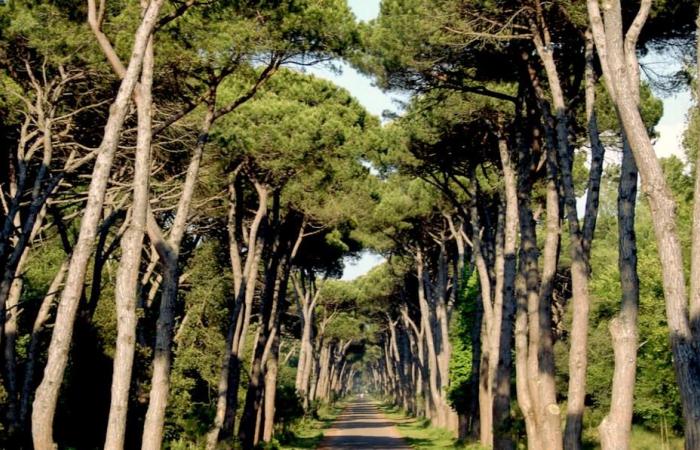
Now Even Viareggio is afraid. A lot too. Why the turtle cochineal, the pine killer insect that has caused massacres in Campania and Lazio, has also arrived on the Pisan coast, in Tirrenia, Marina di Pisa and Camp Darby. «And from there to Versilia it is really a stone’s throw away given that the insect moves also and above all thanks to the winds and, therefore, it is almost impossible to stop it» he says Angelico Bonuccelli, agronomist and native of Viareggio, a life in the direction of the Gardens service of the Municipality of Rome. Since 2022 he has been a consultant for the Capitoline municipality itself with the task of fighting cochineal throughout the municipal territory of the capital. «Countering its advance towards the north is impossible: it will soon be here in Viareggio too, there are absolutely no doubts – he insists -. Should we worry? Absolutely yes, but also organize ourselves to combat its spread: it is a difficult but not impossible battle.”
What can be done
Bonuccelli is convinced of this: «Something can be done and the experience of Rome teaches us this, but we need to equip ourselves immediately: it is necessary immediately that those who are responsible for defending the green heritage of the region, if they want to save our pine trees , prepare a protocol for the sighting and, therefore, for the fight against the parasite as of now.” And then you need money, a lot of it too. «Because without funds, any strategy won’t work» says the agronomist bluntly. However, there remain two ways to fight the killer parasite. The first is that of the so-called natural antagonist, i.e. another insect capable of counteracting its spread. And in the long run it is also the most effective. Provided, however, that that insect is discovered. Indeed, at Crea-dc, the government research center for the defense of agricultural and forestry plants, they found it: it is called Thalassa Monte Zumae and it is a ladybug from the Caribbean, specifically from the Turk and Coicos islands. «It would seem to work – Bonuccelli also acknowledges -, but the solution is still far away: even if we assume that the effectiveness of this antagonist was scientifically ascertained tomorrow, in fact, we would only have the first results in two or three years, considering the reproduction times and of massive release into nature. And the risk is that in the meantime a very important part of our domestic pines will be irremediably lost.”
Immediate solution and costs
In the immediate future, however, for the agronomist from Viareggio the solution is “endotherapy based on Ambamectin, a very powerful insecticide”. These are the injections into the trunks of the plant that the phytosanitary service of the Tuscany Region is already applying to the dozens of affected pine trees in Marina di Pisa. «In Rome we used it on a very large scale and it gave important results» underlines the agronomist. But it is also a very expensive therapy: «In the capital, around five million euros were spent on 80 thousand pine trees – he says -. The average cost ranges from a minimum of 60 to a maximum of one hundred euros for each plant to which it is applied.” Of course, not even that is the panacea for all problems. But it often works: “If the pine has been attacked for no more than three years, with endotherapy we can almost always recover it.” Provided, however, that we have the resources to administer it to all those affected. «This is why it is essential to plan by allocating the necessary funds to intervene in time» he insists. At the same time, however, it would also be necessary to implement a widespread monitoring intervention to periodically check the health status of domestic pines. As? «It would be useful to identify sample areas in which, at least every six months, to take twigs from the pine crowns to see if parasites have begun to settle among the apical needles – concludes Bonuccelli –. This would allow us to discover the onset of contagion in time and, therefore, plan interventions in advance.”



